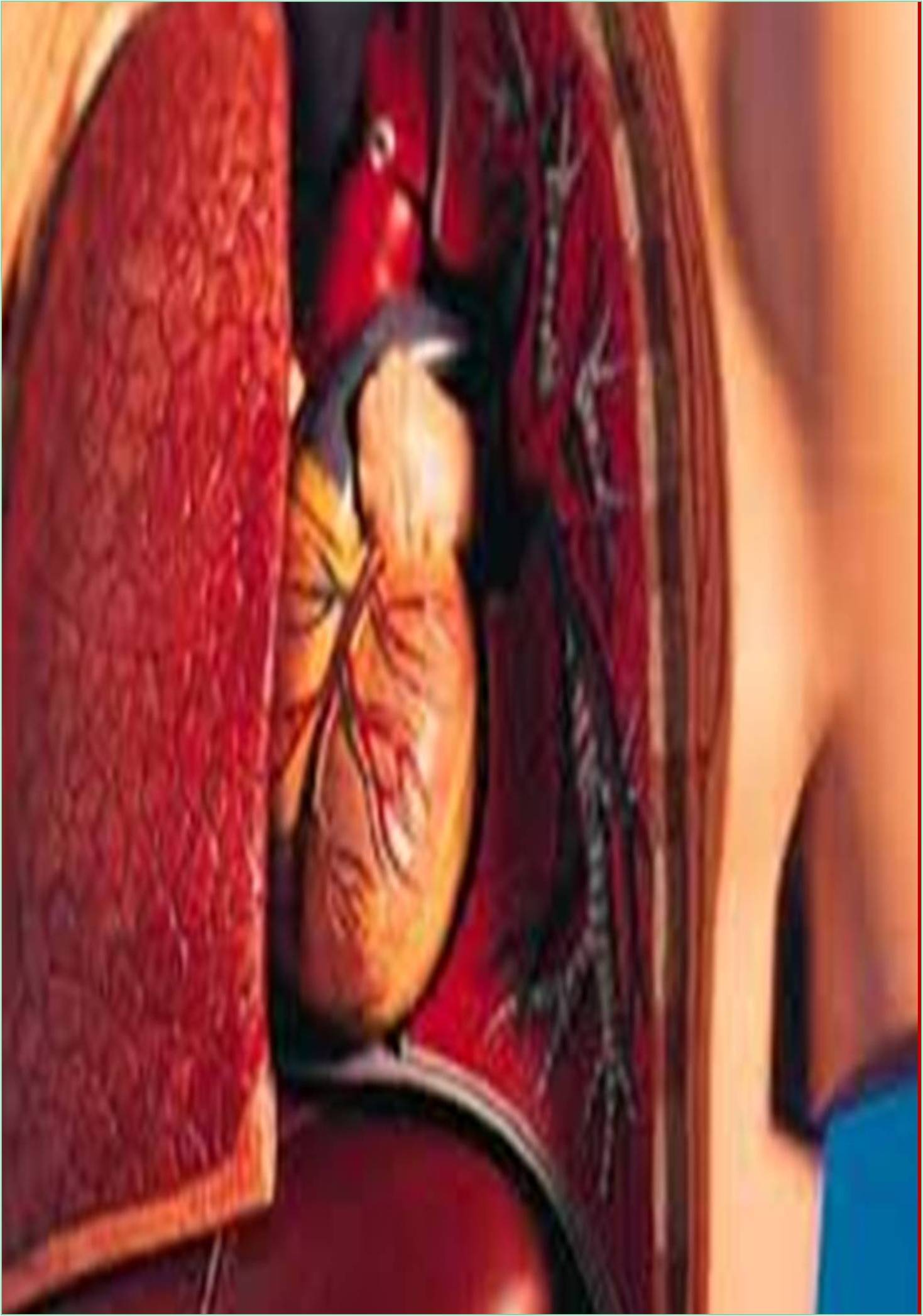



Received: 07-Feb-2022, Manuscript No. GJGC-22-59940; Editor assigned: 09-Feb-2022, Pre QC No. GJGC-22-59940 (PQ); Reviewed: 21-Feb-2022, QC No. GJGC-22-59940; Revised: 24-Feb-2022, Manuscript No. GJGC-22-59940 (R); Published: 28-Feb-2022
The albumin chassis contains 4-5 g/kg of simple protein. This quantity is actually distributed within the extracellular space; with a plasma concentration of 4-5 g/dl. It’s in charge of virtually 18 of the force per unit area of the plasma. Therefore, Human Protein Answer (HAS) has been used as a physiological plasma expander. However, its restricted handiness and high price create it essential to stipulate recommendations for its applicable use. Various studies are done on the uses of HAS, that typically reached inconsistent conclusions. However, most of the acceptable uses of HAS are related to the management of complications of Chronic Disease (CD), also as pathology, spontaneous microorganism and hepatorenal syndrome. So, all this recommendations and challenges encountered throughout the utilization of HAS within the management of sophisticated CD are reviewed, also because the suitable indications, completely different dosing regimens, doable complications, and alternatives. Additionally, often applicable, inappropriate or disputed uses of HAS also are going to be reviewed. The pathophysiological background of decompensated disease is defined as general pro-inflammatory and pro-oxidant surroundings that play a significant role within the event of multi organ pathology. Such abnormality is principally due to the overall unfold of microorganism and/or microorganism merchandise from the gut and danger-associated molecular patterns from the morbid liver triggering the discharge of pro-inflammatory mediators by activating immune cells. The exacerbation of these processes underlies the event of acute-on-chronic liver failure. An additional mechanism promoting multi organ pathology and failure doubtless consists with mitochondrial organic process pathology in charge of general cellular energy crisis. The overall pro-inflammatory and pro-oxidant state of patients with decompensated disease is additionally in charge of structural and practical changes within the straightforward molecule, that spoil its pleiotropic non-oncotic properties like inhibitor, scavenging, immune-modulating and epithelium protecting functions. The info of these abnormalities provides novel targets for mechanistic treatments. During this respect, the oncotic and non-oncotic properties of straightforward protein create it a possible multi target agent. This might expand the well-established indications to the utilization of straightforward protein in decompensated disease that primarily aim at up effective blood circulation or preventing its deterioration. Proof has been recently providing long protein administration to patients with disease and pathology improves survival, prevents complications, eases the management of pathology and reduces hospitalizations. However, variant results indicate that additional investigations are required, aiming at confirming the helpful effects of straightforward protein, instructive its best measure and administration schedule and establish patients United Nations agency would profit most from long protein administration.
Cirrhosis is characterized by a protracted asymptomatic period of persistent liver inflammation, extracellular matrix remodeling and relentless deposition of collagen within the liver tissue. This fibrosis alongside focal hyperplasia and proliferation of hepatocytes eventually disrupts the hepatic architecture resulting in characteristic regenerative nodules. During this era, the disease remains undiagnosed unless patients seek medical attention for an additional reason or are screened for disease due to risk factors. Besides the event of hematoma, complications develop when the disruption of the liver structure is severe enough to markedly increase portal pressure. The foremost common clinical presentation is ascites/edema or, less frequently, bleeding from gastro-esophageal varies. Late complications include jaundice, coagulopathy, hepatic encephalopathy, bacterial infections and acute kidney injury, particularly Hepatorenal Syndrome (HRS). Complications, after their introduction, recur with increasing frequency and most patients die over a median period of about 2 years unless liver transplantation is performed.
Analysis of blood samples from patients with AD/ACLF participating during a very practicableness study of two hundredth HAS infusions has shown that infusions to up albumin on top of 30 g/L reversed plasma-mediated immune pathology by binding and inactivating PGE2. We have a bent to additionally describe how to classify the inflammatory response in AD/ACLF, supported macromolecule profile which will improve identification of patients presumably to reply to HAS treatment. An irregular controlled trial is required to figure out whether or not these effects of HAS crop infections in AD/ACLF.